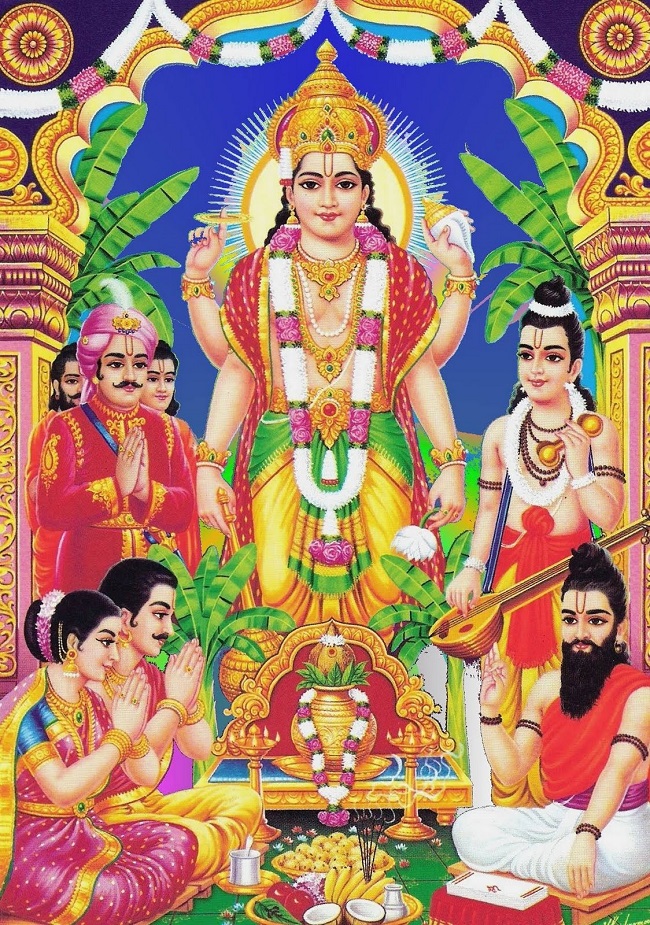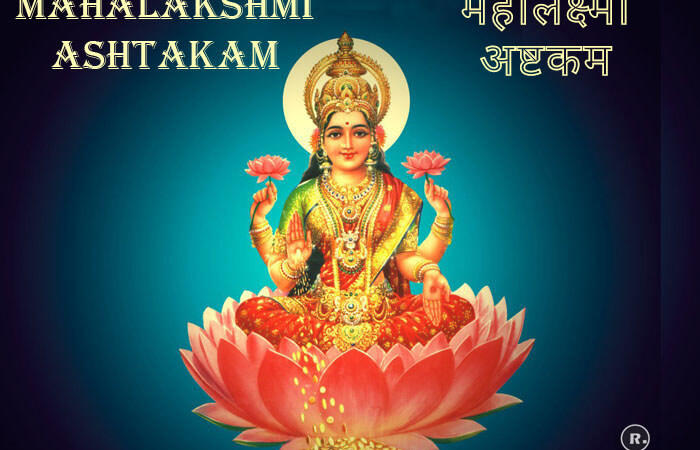Satyanarayan Puja 2024: Dates, Significance, Material required, Procedure

Satya means “truth” and Narayana means “The highest being” so Satyanarayan means “The highest being who is an embodiment of Truth”. The Satya Narayana Vratam and Puja are very popular all over India. This puja is first mentioned in Skanda Purana, Reva Kanda by Suta Puranik to the rishis in Naimisharanya. This puja is usually performed on the Purnima day of every month. It is also performed on special occasions and during times of achievement as an offering of gratitude to the Lord. These occasions could include marriage graduation, the start of a new job, and the purchase of a new home to name a few. In addition, the performance of this most auspicious puja generally confers a child to couples trying to start a family.
This auspicious Vrata is believed to grant the wishes of the devotee who performs the Vrata and listens to the Satyanarayana Vrata story or Katha with sincere devotion. The Vrata worships Lord Vishnu in the form of the Satya or absolute truth. The Satyanarayan puja can be performed on any day except on New-Moon. It is not a puja confined to any festivities, but Purnima (full moon day) is considered specifically auspicious for this puja. Performing this puja in the evening is considered more appropriate. However one can perform this puja in the morning as well.
Perform Sri Satyanarayan puja to seek divine blessings for health, wealth, knowledge, and prosperity.
Satyanarayan Puja Dates 2024
| Day | Date | Details |
|---|---|---|
| Thursday | January 25 | Paush Purnima |
| Saturday | February 24 | Magha Purnima |
| Sunday | March 24 | Phalguna Purnima |
| Tuesday | April 23 | Chaitra Purnima |
| Thursday | May 23 | Vaishakha Purnima |
| Friday | June 21 | Jyaishta Purnima |
| Sunday | July 21 | Ashadha Purnima |
| Monday | August 19 | Shravana Purnima |
| Tuesday | September 17 | Bhadrapada Purnima |
| Thursday | October 17 | Ashwin Purnima |
| Friday | November 15 | Kartik Purnima |
| Sunday | December 15 | Margashirsha Purnima |
Puja Samagri Needed (Puja Material)
-
A Picture of Satyanarayana lord
-
Ganesh idol – keep only if you have
-
Turmeric, kumkum powder
-
Akshta (raw rice smeared with turmeric powder)
-
Puja mandapa -1 if you have or it available only but not compulsory
-
Oil lamp stands -1 or 2 if you have but not compulsory
-
A small lamp – for aarti
-
Camphor
-
Incense sticks – 1 packet
-
Kalasa
-
2 cups of water with spoons — for puja
- Flowers – two bunches cut with small stem and keep in a plate
-
Fruits- wash and put in a plate
-
Sandal-wood paste- little only if it available, but not compulsory
-
Cloth- for kalasa vastra, if you have 2 keep one for kalasa one for god but not necessary
-
Panchamrtam (a cup of milk, ghee, honey, sugar, and yogurt) be ready before the priest comes.
-
Beatle leaves— 25 and beatle nuts – 15 only if it available otherwise how many you have we can use
-
Coconuts- 1 for kalasa and 5 for kathas or any fruits
-
Navadhanyas – (wheat, rice, red gram, green gram, black gram, bangalgram, black-eyes peas, sesame seeds, horse gram) each one put in a paper bowl separately
-
Money coins – 40 for navagraha’s and other gods
-
Naivedya or prasad (Kesari type of sweet)
-
Mango leaves – for kalasam, if it available but not compulsory
-
Oil for lamp, cotton wicks- for holy lamp
-
Matchbox –1
-
Paper bowls – 15 for keep navagraha grains and other things if you have
-
Scissor – 1
-
Hamer or stone—1 for breaking coconuts
-
Bell–1 and Conch shell – good to have
There is no compulsion for having all things arranged, do what is within your limit.
Preparation for puja
-
Make sure that all puja articles are ready before starting the puja.
-
Please keep deepams with cotton wicks, oil.
-
Put navadhanyas each one in each bowl.
-
Keep puja area ready by covering bed-sheets, and puja stage or mandapam.
-
Don’t waste time at puja with preparing a camera or video, please prepare before, like cells and other necessary things.
-
You can get the idea from the image shown, do as much that is possible.

Procedure for Puja
The procedure for puja is very simple and can be done by anybody at home or in temples.
The previous night, think of the lord Sri Satyanarayana and mentally decide to perform puja. The next day early morning keep the same thoughts of worshiping the Lord and take a head-bath (if possible an oil-bath). The Puja/ prayer can be performed in the morning or preferably in the evening time after taking a bath. Wash kalasa and fill it with clean water and place it near the puja mandapa in a clean place and cover it up. Observe fast (if possible) generally this could be done by both husband and wife (if it is possible) decorate the front door, mandap, and the place near the mandap. Invite your relatives, friends (who have bhakti on the lord).
Prepare the prasad which is called Panchamrit which is made from Milk, Sugar, Yogurt, Ghee, and honey and Panjiri which is roasted wheat flour, sugar, and dry fruits. Decorate the front entrance of your house with flowers and mango leaves and make rangoli. You can also decorate the altar or mandapa where you will be performing puja. Devotees participating should face the altar.
A Kalash filled with water is put in the center of the altar with a coconut wrapped in red cloth placed on its top along with mango leaves. Offer fresh flowers or garland and kumkum to the picture of Satyanarayan.
Start the Satyanarayan puja by offering a prayer to Lord Ganesha so that all obstacles that could probably occur if the puja is performed incorrectly is removed successfully. Another important part of this prayer involves praying to the Navagraha – or the nine significant celestial beings in this universe. They consist of the following names:
Surya – The Sun
Chandra – The Moon
Angaraka – Mars
Buddha – Mercury
Brihaspati – Jupiter
Suka – Venus
Sani – Saturn
Rahu – North Node, or the head of Svarbhanu
Ketu – South Node as the body with the tail of Svarbhanu
The remaining ritual consists of offering prayers and worshipping Satyanarayan, one of the most benevolent forms of Lord Vishnu. Read the Satyanarayan katha, which is divided into 5 parts and should be heard by all the devotees taking part. Perform the homan (Fire ritual). The prayer is concluded with Arati, a ritual consisting of revolving a fire-lit lamp within close vicinity of Lord Satyanarayan’s image.
Read Stayanarayan Katha, Stayanarayan aarti
The devotees bow before the lord (picture/ idol) and ask for forgiveness and fulfillment of their desires. Finally, everyone present there are asked to ingest the Prasada that was offered to the Lord and seek the Lord’s blessings.
You can recite the below-said mantra while doing hawan.
Details about after the puja
What you are suppose to do with the worshiped articles?
-
After udwaasana or after puja you can remove the lord at any time as soon as possible.
-
On kalasa coconut, you can use it for god or give it to the priest when you visit any temple.
-
Take the rice under the kalasa and give it to the priest of any temple.
-
Take the navagraha fruits and grains put them into the water stream ( if it is possible) or feed the birds or put under the tree or put it into the trash or give it to any priest of the temple.
-
Navagraha puja coins and any other puja coins give daanam or offer to the priest in any temple.







